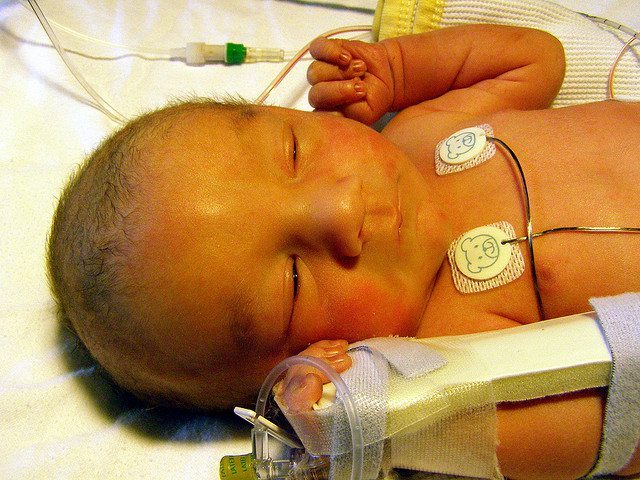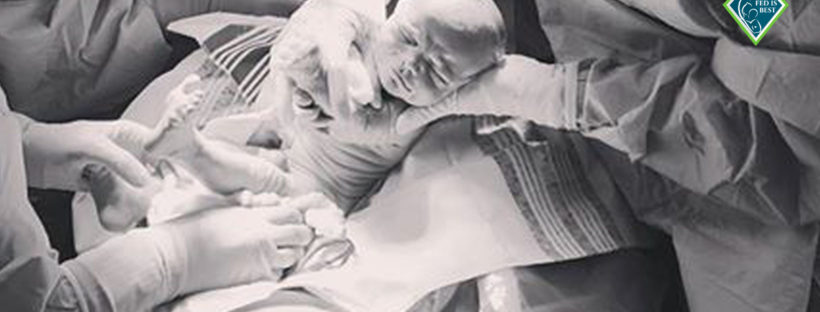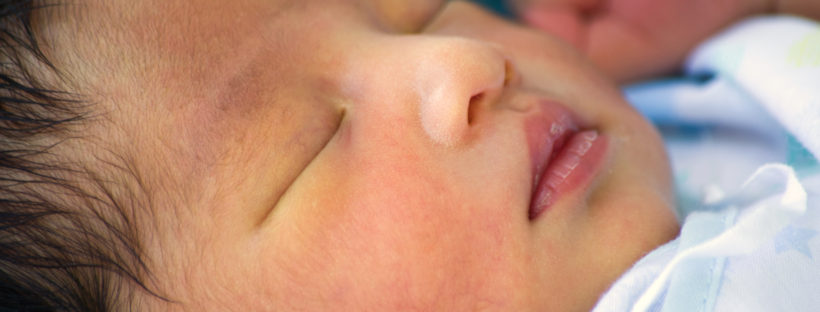It was on December 13th at 2:30 in the morning. My water broke as I was sleeping. I woke my husband up and the panic set in. My son was a scheduled C-Section due to the fact he was breech and he was going to be a big baby according to all the scans. I was scheduled for the 18th, which was my birthday, but he decided to come early. My husband and I rushed to St. Joseph’s Hospital in Tacoma, WA. This hospital was a “Baby-Friendly” hospital, which meant they push things like exclusive breastfeeding, no pacifiers, and no nurseries. I didn’t think much of these things at the time, as I was a first-time mom and hadn’t pondered on them much. On paper, this all sounded great, and I was excited to go there. I had a simple birth plan: no circumcision and I wanted my husband in the operating room. That was it really. I trusted the doctors and nurses there to help me out.
Tag: patient safety
Fed is Best Foundations Statement to USDA Healthy People Goals 2030
Christie del Castillo-Hegyi, M.D.
From December 2018 to January 2019, the Secretary’s Advisory Committee on National Health Promotion and Disease Prevention Objectives for 2030 published the proposed Healthy People 2030 Objectives for public comment. Of note, the proposed Healthy People 2030 objectives saw a marked change from the 2020 objectives, namely a reduction of the breastfeeding objectives from 8 goals to one, namely, “Increase the proportion of infants who are breastfed exclusively through 6 months” (MICH-2030-15 ). Among the objectives that were dropped from the list were:
- MICH-23 – Reduce the proportion of breastfed newborns who receive formula supplementation within the first 2 days of life.
- MICH-24 – Increase the proportion of live births that occur in facilities that provide recommended care (i.e. Baby-Friendly Hospital Initiative-certified hospitals) for lactating mothers and their babies.
| Healthy People 2020 Objectives | Baseline (%) | Target (%) |
|---|---|---|
| Increase the proportion of infants who are breastfed (MICH 21) | ||
| Ever | 74.0* | 81.9 |
| At 6 months | 43.5* | 60.6 |
| At 1 year | 22.7* | 34.1 |
| Exclusively through 3 months | 33.6* | 46.2 |
| Exclusively through 6 months | 14.1* | 25.5 |
| Increase the proportion of employers that have worksite lactation support programs (MICH 22) | 25† | 38 |
| Reduce the proportion of breastfed newborns who receive formula supplementation within the first 2 days of life (MICH 23) | 24.2* | 14.2 |
| Increase the proportion of live births that occur in facilities that provide recommended care for lactating mothers and their babies (MICH 24) | 2.9‡ | 8.1 |

Exclusive breastfeeding at discharge is a major risk factor for severe jaundice and dehydration. Both conditions can require in-hospital treatment and can result in permanently impaired brain development. Photo Credit: Cerebral Palsy Law
Neonatal Nurse Practitioner Speaks Out About The Dangerous Practices Of The BFHI
by Christine K.
When the Fed Is Best Foundation launched two years ago, a few nurses sent us messages about their experiences working in a Baby-Friendly Hospital Initiative (BFHI) hospital. They shared common concerns about watching exclusively breastfed babies crying out in hunger from not enough colostrum while being refused supplementation just so that high exclusive breastfeeding rates were met. Two years later, we now receive messages from nurses, physicians, lactation consultants, and other health professionals, regularly. They express their concerns while asking for patient educational resources. They tell us their stories and they need support and direction on what to do about unethical and dangerous practices they are forced to take part in. We collected their stories and are beginning a blog series on health professionals who are now speaking out about the Baby-Friendly Health Initiative (BFHI) and the WHO Ten Steps of Breastfeeding.
Christine K. is a Neonatal Nurse Practitioner currently working in a BFHI Hospital with 25 years of experience. She has worked in both BFHI and non-BFHI hospitals and talks about her concerns about taking care of newborns in the Baby-Friendly setting.
Regarding Unsafe Skin-To-Skin Practices
In BFHI facilities, skin-to-skin is mandated. The protocol calls for skin-to-skin at birth, for the first hour, then ongoing until discharge. New mothers are constantly told that it is important for bonding, for breastfeeding, for milk production and for temperature regulation of the newborn. Baby baths are delayed for skin-to-skin time and nurses are required to document in detail the skin-to-skin start and end times. There is no education on safety regarding skin-to-skin time, only that it is to be done. I have been responsible for the resuscitation of babies who coded while doing skin-to-skin. One died, and the other baby is severely disabled. Mothers are not informed of the risks of constant and unsupervised skin-to-skin time. Mothers have complained to me that they felt forced to do skin-to-skin to warm up their cold or hypoglycemic infant because they are told skin-to-skin time will help their infant resolve these issues when in fact it doesn’t. There is also no assessment of the mother’s comfort level with constant skin-to-skin. It’s very discouraging to hear staff say things like, “That mother refused to do skin-to-skin,” like it was a crime or an act of child abuse. The judgment is harsh on mothers who fail to follow the protocol. I have noticed that partners are pushed to the side, especially in the first hour of life, not being able to hold their newborn, due to this strict policy. Their involvement has been discounted in the name of the exclusive breastfeeding protocol. Continue reading


